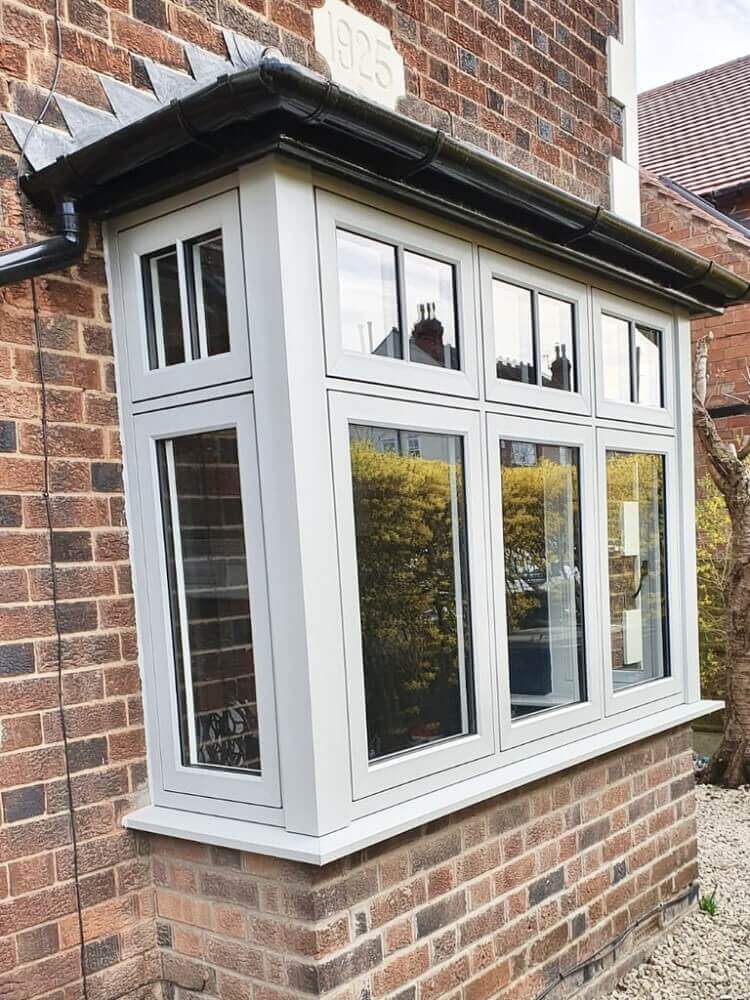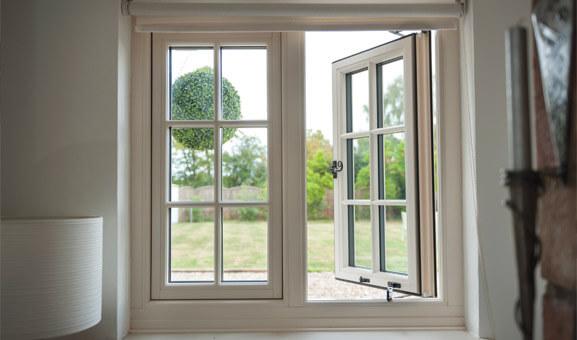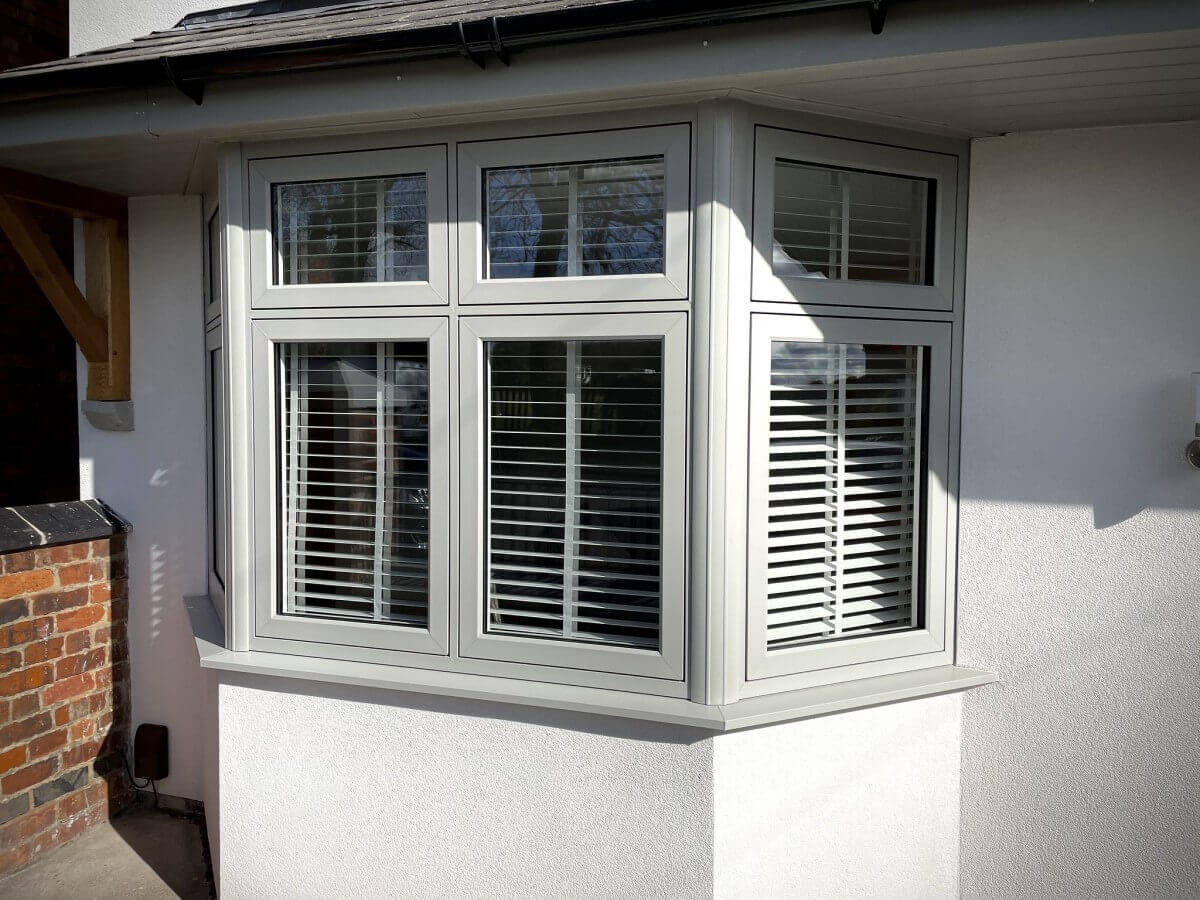Like all revolutions, the one that transformed the home building and improvements industries way back in the 1970s began rather slowly. And although no-one is quite sure, it is believed that the fad for fitting a second pane of glass to a window to make a room warmer started in Victorian Scotland.
Double glazing, as it came to be known, appears to have been accidentally invented by an enterprising homeowner fed up with the worst of the Scottish weather. But only in the 1930s was it developed as a commercial product (in the United States) and even then, it didn’t arrive in the UK for another 40 years.

Today, however, is a different story. It’s becoming increasingly rare to see single glazing in British houses, and even those in conservation areas are benefitting from modern double glazing that ties in with the ‘look’ of the neighbourhood. In fact, it is now a legal requirement that every new home must have double glazing fitted as standard, as part of the effort to cut carbon emissions to zero over the next 25 years.
As we know, heat loss from buildings, particularly through windows and doors, is energy inefficient, wasting fuel and money. In 2022, all new build homes must produce at least 31 per cent less carbon emissions, and it is now law that double glazed windows must perform as efficiently as possible.
We hear a lot about ‘U-values’ and ‘A-ratings’ in relation to double glazing, but we may not quite know what these mean. However, before we reach that, let’s take a quick look at the new regulations surrounding double glazing…
What are the new regulations?
The new building regulations include amendments to Approved Documents Part F (ventilation) and Part L (conservation of fuel and power). There is also the release of a new Approved Document for Overheating, known as Part O. These came into force in June 2022, and a year’s grace was given to builders finishing projects.
These regulations are focused mainly on new, non-domestic buildings and include regulations for existing non-domestic buildings, new homes and existing housing. Part F focuses on ventilation and the issue of airtightness in new and existing properties.
This includes a requirement that when any improvements, extensions or renovations are made to a building, the ventilation is no worse than before the works began. There is also a recommendation that all replacement windows are fitted with trickle vents unless there is an alternative form of ventilation.

U-values explained
Part L is around the tightening of ‘U-values’, the measure of how effective a material (for example a window or a door) is as an insulator. The lower the value the better the material is as an insulator. So, if you’re considering buying new or replacement windows and doors for your home, minimum new energy efficiency standards will apply. For windows, this has gone from 1.6 to 1.4.
What are A+ rated double glazed windows?
Energy efficiency ratings are rated by letters between A and G. A is the most efficient, while G is the least efficient. Between these letters, there can also be + and – grades. The higher the grade, the less energy you will use. So, for example, A+ rated windows are more energy-efficient than a C rated window. An A- rating would mean the windows don’t lose energy as they only let out as much heat as they let in from the outside. However, with an A+ rated window, it lets in more heat than it lets out.
At the Nottingham Window Company, we sell a range of double glazed window options to suit any style of building, including a listed building or houses in conservation areas (subject to regulations and planning permission, of course). All these windows are well-designed and highly energy efficient, making them an excellent option for your renovation or building project. Our double glazed windows effectively work to reduce your energy bills and they help eliminate heat transfer.

What types of double-glazed windows do we sell?
The three main window materials available today are timber, aluminium, and uPVC. Timber is a natural insulator that absorbs and retains heat, making it the most energy efficient material. However, it’s also the most expensive window material and requires high levels of maintenance to keep it looking and performing at its best.
UPVC windows feature an efficient multi-chambered structure designed to trap heat inside, whereas modern aluminium window frames incorporate innovative polyamide thermal break technology in various widths; the wider the strips, the better the insulation. Breaking down the common misconception that aluminium windows are not energy efficient, both materials deliver superior thermal and acoustic performance.
A-rated for efficiency, both can achieve impressive U-values as low as 0.8W/m2.K with 44mm triple glazing. Furthermore, advanced timber look Residence 9 windows and Residence 7 windows surpass the majority of other window systems in both efficiency & style.
Our double glazed window styles include tilt and turn windows, flush sash windows, sliding sash windows, casement windows and the above-mentioned residence 7 and Residence 9. Our showroom in Nottingham has examples of these and we love showing visitors around. So if you’re planning a project, don’t hesitate to get in touch with us to book an appointment or give us a call on 0115 866 0066.
